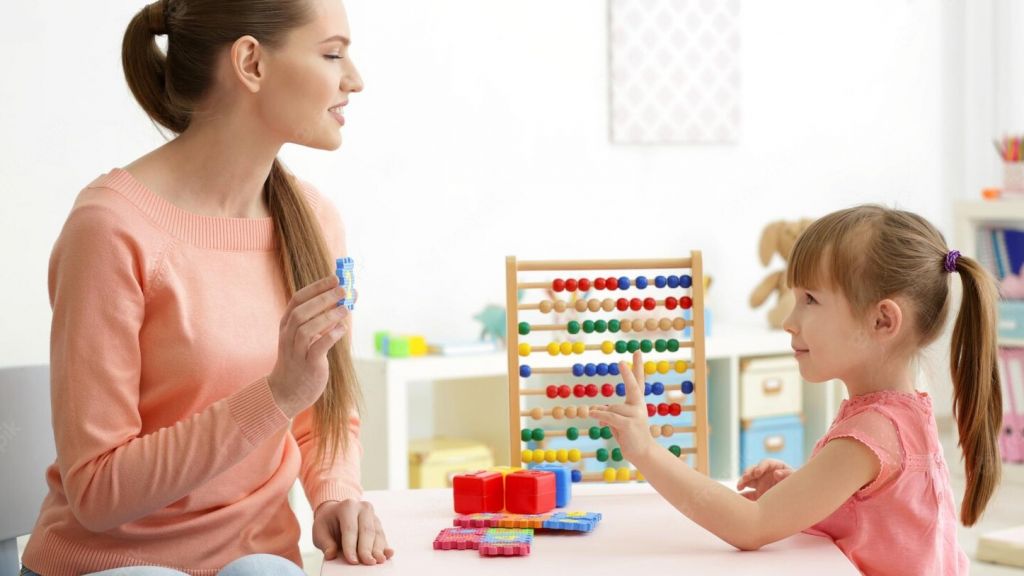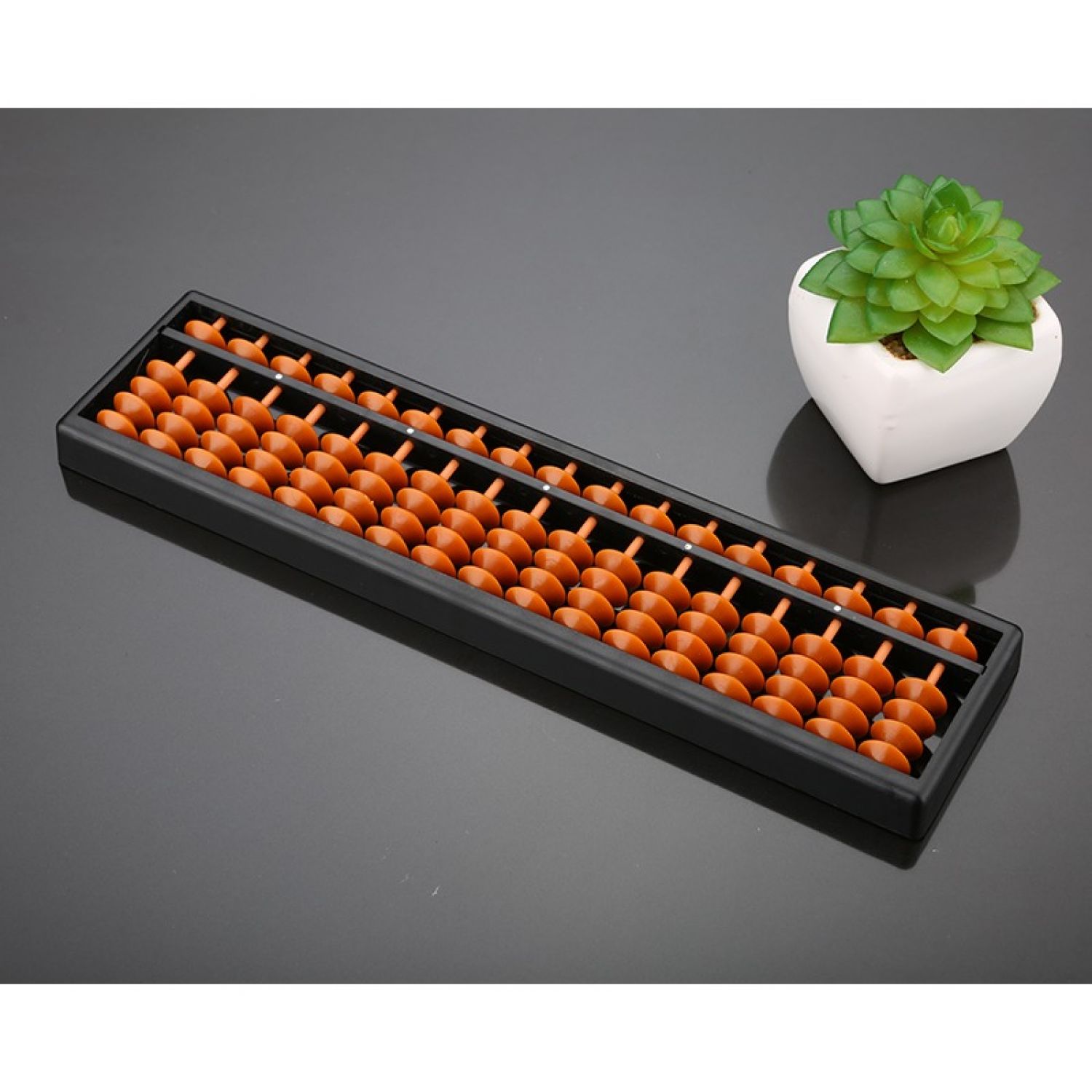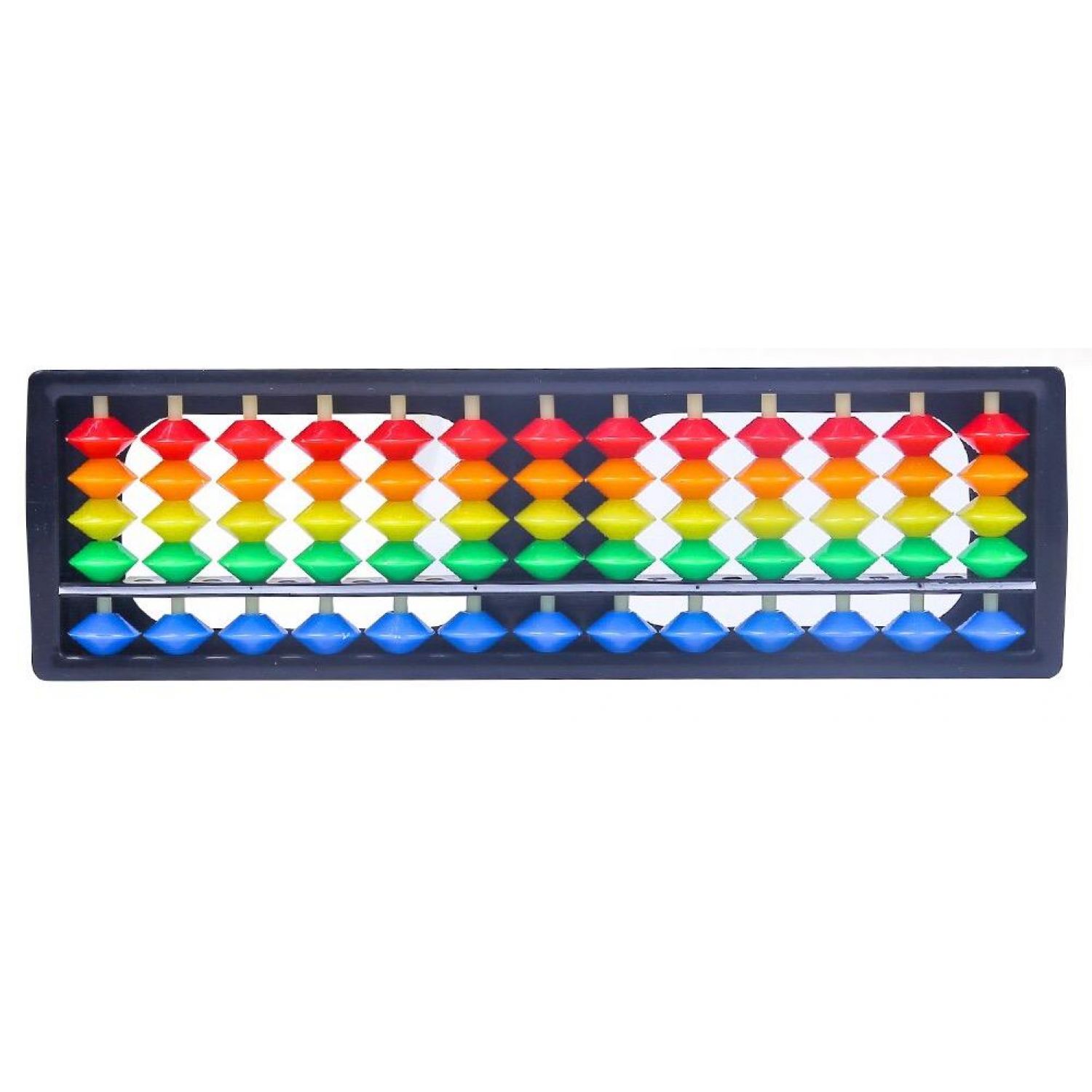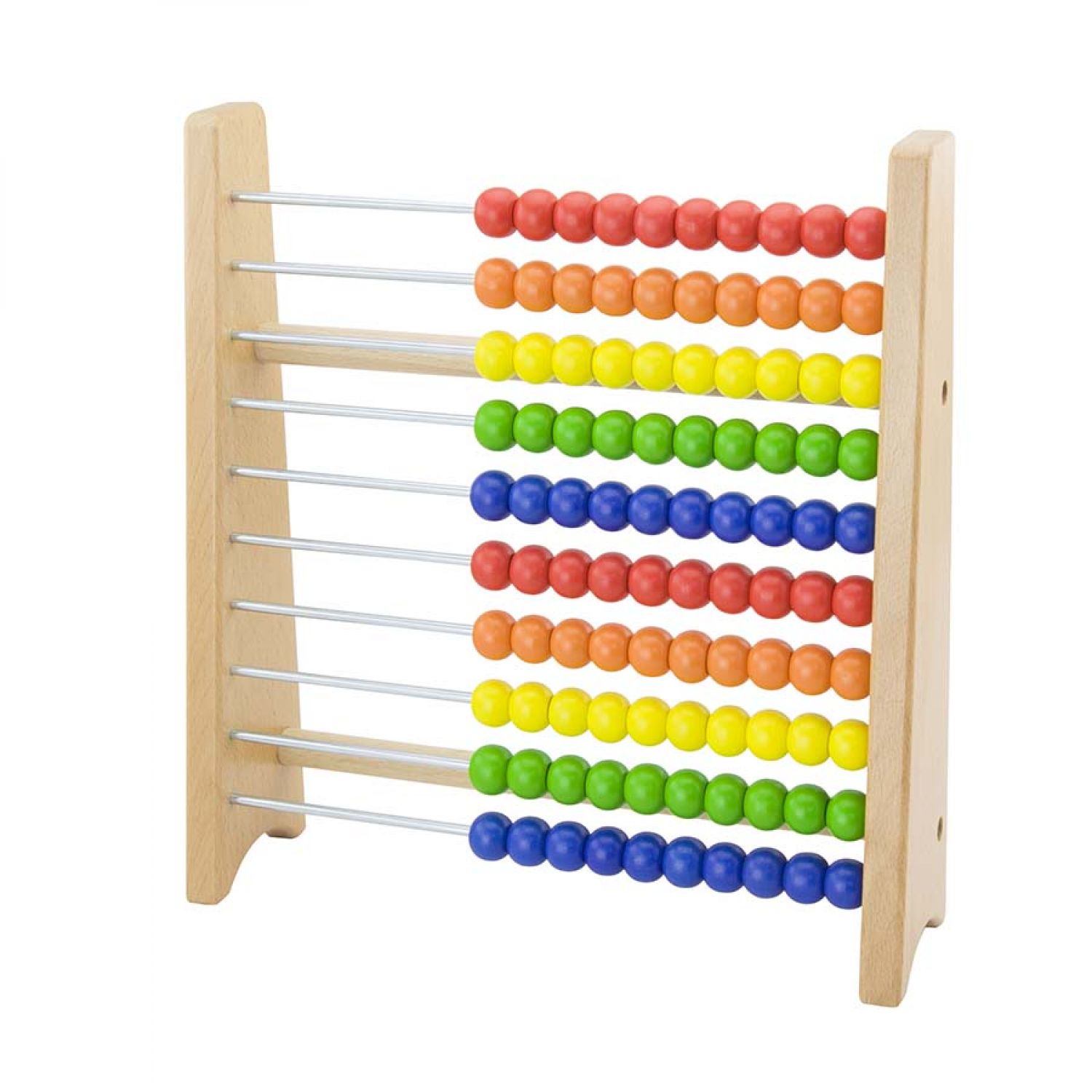Abacus is a great tool for kids to learn basic math skills. It's simple to use, and it can be adapted to fit the needs of each individual learner. In this article, we'll show you how to use Abacus for kids, and explain some of the benefits that it has to offer.
How to Use an Abacus for Kids
To use the Abacus, you first need to set up it so that the beads are in the correct position. To do this, you will need to place a bead on each of the wires, and then add any numbers that you want to work with. There are a few simple steps that you need to follow in order to use an abacus for kids.
1. Start by setting up the abacus. You'll need a board with rows and columns, a number line, and some counters. The number line should be divided into two columns - one column for the positive numbers, and one column for the negative numbers. The counters should be set up so that they line up with the numbers on the number line.
2. Place the negative numbers in the bottom row and the positive numbers in the top row. Make sure that each column has an equal number of counters in it.
3. Start adding! To add a number in one column to a number in another column, you need to move the appropriate counter over from the first column to the second column, and then add it together. For example, if you want to add 3+5, you would move the 2 over from the 5 columns to the 3 columns, and then add them together (10).
4. To subtract a number from one column to another column, you need to move the appropriate counter over from the first column to the second column, and then subtract it from the number in the second column. For example, if you want to subtract 2 from 5, you would move the 2 over from the 5 columns to the 2 columns, and then subtract 2 (4).
5. To multiply a number by another number, you need to move the appropriate counter over from the first column to the second column, and then multiply the numbers together. For example, if you wanted to multiply 3 by 5, you would move the 3 over from the 5 columns to the 3 columns, and then multiply them together (15).
6. To divide a number by another number, you need to move the appropriate counter over from the first column to the second column, and then divide the numbers together. For example, if you wanted to divide 4 by 3, you would move the 4 over from the 3 columns to the 4 columns, and then divide them together (2).
How Effectively Use Abacus for Kids
If you're looking to introduce your kids to the ancient mathematical tool known as the abacus, you may be surprised to find that there are a variety of ways to do so effectively. Here are four tips for using it with kids:
1. Make it fun! While there's no denying that learning how to add, subtract, multiply and divide numbers can be a bit daunting for young ones, making the process enjoyable will help them stay engaged. Try incorporating games into your abacus sessions, such as trying to make as many calculations in one minute as possible or racing against your child to see who can complete the most calculations in a set amount of time.
2. Don't overwhelm them. While it's important for kids to understand the basics of math, too much information at once can be overwhelming. Start by introducing simple concepts such as addition and subtraction, then gradually introduce more complex concepts as your child shows interest. If they get lost or frustrated, don't push them too hard – let them take their time and learn at their own pace.
3. Use real-world applications. When teaching kids about math with it, it's important to use real-world applications. For example, let them try adding up the money in their piggy bank using an abacus. This will help them understand the concepts behind math, and it will give them a tangible example to refer to when trying to remember the rules of addition and subtraction.
4. Have fun! The last thing that you want is for your child to lose interest in math – making use of fun activities like abacus games can help keep them motivated and engaged. Not only will they be learning valuable skills, but they'll also have some fun while they're doing it!
What is abacus
The ancient Chinese device known as an abacus is one of the oldest counting boards still in use today. Originally created to count coins, it has since been adapted to a number of other tasks such as calculating interest and percentages. Abacus usage can be helpful for kids in many ways. It can help them learn basic math skills and develop problem-solving abilities. Additionally, abacus usage can help children keep track of specific information, build mental math skills, and improve concentration.
7 Benefits of abacus
The use of an abacus can provide children with many benefits, including:
Improved math skills: It can be used to perform addition, subtraction, multiplication, and division quickly and accurately.
Improved memory skills: It can help improve mental calculation skills so the memory skill also gets improved.
Greater understanding: It can help children learn how to organize and sequence information and understand numbers and counting.
Better problem solving: It can be a helpful tool for learning basic math concepts such as fractions and ratios. It can help the kids to solve more complex problems.
Increased concentration: It can improve the hand to eye coordination and improve the concentration of the kids.
Improved memory skills: It can help improve mental calculation skills so the memory skill also gets improved. In other words, the kids will be able to remember numbers and calculations better because they understand them better.
More efficient thinking: It can help in the development of more efficient thinking skills, It can help the kids to solve more complex problems.
Improved mental agility: It can help improve the kids’ mental agility.
Tips For the Kids to use Abacus
There are a few things that you can do to help improve the abacus experience for your child. Some of these tips include:
Start early: Begin teaching your child about this tool as soon as possible. This will help them develop a strong foundation in math skills.
Choose the right abacus: Make sure that you choose which is appropriate for your child’s age and level of understanding. Some of the most popular abaci are the Chinese abacus, Japanese soroban, and Western abacus.
Set up a routine: Establish a regular routine for using the abaci tool, and make sure that your child knows what to expect. This will help to keep them organized and focused during their sessions.
Encourage creativity: Don’t be afraid to encourage your child to use their imagination when playing with it. This can help to expand their mathematical skills.
How Abacus Used to Solve Problems
It is a very versatile tool that can be used to solve problems. It is important for kids to understand how to use it correctly in order to maximize its potential. Here are some tips on how to effectively use to do the same:
-Start with easy problems. This will help your child learn the basics of using the abacus and improve their problem solving skills.
-Encourage your child to ask questions. This will help them learn how to explore different ways of solving a problem.
-Have your child practice using the abacus on a regular basis. This will help them get comfortable with using it and improve their skills.
Other names of Abacus
It is an ancient tool used to help with math calculations. It is also known by other names, such as the slant board, Soroban, Arithmetic Tool, the Chinese calculator, and the Hindu-Arabic numeral system. It is a simple tool consisting of rods or sticks that are rotated to add, subtract, multiply, or divide numbers.
How Abacus is helping Kids
It is a great tool for kids to learn math. It is a simple device that can help kids with basic arithmetic. It is an ancient and effective way to teach basic math facts. There are many benefits that come with using an abacus for kids. First of all, it is an easy way for them to learn math facts and basic operations. Secondly, it helps to improve concentration and memory skills. Lastly, it can be a fun activity for kids to do together.







Share this via
Or copy link